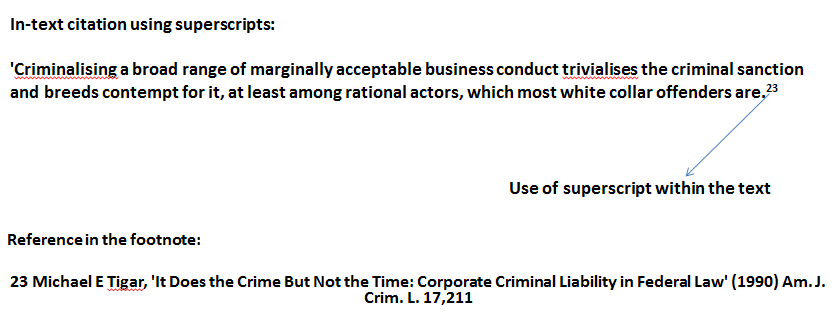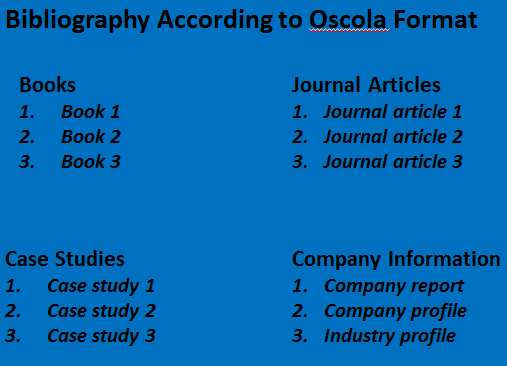The Oscola referencing style: what is it? How does it work? What is the appropriate format? These are all questions that most students ask when they are faced with writing an assignment where they are required to reference and cite their sources according to the Oscola format.
Oscola referencing is used mostly in law assignments. Developed by the renowned Oxford University, it stands for Oxford Standard for the Citation of Legal Authorities. It is used commonly by Law universities, particularly in the United Kingdom. Having been developed by one of the best universities in the world, it is regarded as the standard referencing style for legal academic writing and assignments.
Master Essay Writers has come up with an Oscola referencing generator that will take care of all your worries associated with referencing and citing sources in the Oscola format. A lot of students tend to struggle with citing and referencing their sources in the appropriate format which is why we have provided an Oscola referencing guide so that students can get a basic understanding of how Oscola referencing works.
Referencing and citation is absolutely necessary when writing an academic assignment. An academic assignment requires one to use sources and extracts from existing papers and studies in order to support or oppose the argument they’re making. If the source is not appropriately referenced and cited then the use of another author’s material would be considered plagiarism. Plagiarism is strictly forbidden in the assignments that students write. Having plagiarized content in the assignment could cause both the student and the assignment to be disqualified or at least be given a very low grade.
There are two parts to the citation according to the Oscola style which are:
Oscola referencing does not use parenthetical referencing which is found commonly in the APA Referencing format. Instead, the use of footnotes is implemented. To reference the source, a superscript is used next to the relevant text. The reference is written in the footnote at the end of the page.

It should be noted that the footnotes can differ depending on the source of information used. Our guide explains these differences and how each source should be referenced in the appropriate manner.
The reference list, also commonly referred to as the Bibliography, is at the end of the paper. It contains all the references for the sources used in the paper. These include:
The key points that must be listed differ according to the type of source that is being referenced. There is no one particular style that must be followed for all kinds of sources. Each source has its own style for Oscola referencing.
The citations are listed together depending on the type of source. References from one type of source are listed together but separate from the others. An example is given below:

The following is the appropriate format which is to be followed when referencing a book.
| Number of authors | Format for footnotes | Format for bibliography |
| One | Author, Title, (Edition, Publisher Name and Year) Page Number. | Author Surname and Initial, (Edition, Publisher Name and Year of Publishing) Page Number. |
Example:
| Number of authors | Format for footnotes | Format for bibliography |
| One | Anthony Williams, Employee Law, (3rd Edition, OUP 2017) 56. | Williams A, Employee Law, (3rd Edition, OUP 2017) 56. |
| Number of authors | Format for footnotes | Format for bibliography |
| Two | Author 1 and Author 2, Title, (Edition, Publisher Name and Year) Page number. | Author 1 Surname and Initial and Author 2 Surname and Initial, Title, (Edition, Publisher Year) Page Number. |
Example:
| Number of authors | Format for footnotes | Format for bibliography |
| Two | Anthony Williams and Robert Russel, Employee Law, (3rd Edition, OUP 2017) 56. | Williams A and Russel R, Employee Law, (3rd Edition, OUP 2017) 56. |
| Number of authors | Format for footnotes | Format for bibliography |
| Three | Author 1, Author 2 and Author 3, Title, (Edition, Publisher Name and Year) Page Number. | Williams A and Russel R and Michael Scott, Employee Law, (3rd Edition, OUP 2017) 56. |
Example:
| Number of authors | Format for footnotes | Format for bibliography |
| Three | Anthony Williams, Robert Russel and Michael Scott, Employee Law, (3rd Edition, OUP 2017) 56. | Williams A, Russel R and Scott M, Employee Law, (3rd Edition, OUP 2017) 56. |
| Number of authors | Format for footnotes | Format for bibliography |
| More than three | Author 1 and others, Title, (Additional Information, Edition, Publisher Year) Page No. | Author 1 Surname and Initial and others, Title, (Additional Information, Edition, Publisher Year) Page No. |
Example:
| Number of authors | Format for footnotes | Format for bibliography |
| More than three | Anthony Williams and others, Employee Law, (3rd Edition, OUP 2017) 56. | Williams A and others, Employee Law, (3rd Edition, OUP 2017) 56. |
The following is the appropriate format which is to be followed when referencing a journal article.
| Type of source | Format for footnotes | Format for bibliography |
| Journal Article | Author Name, “Journal Title” [year] page number | Surname first initial, Journal Title” [year] page number |
Example:
| Type of source | Format for footnotes | Format for bibliography |
| Journal Article | Daniel Goodman, “Pure Theory and Values in Public Law” [2011] p 480. | Goodman D, “Pure Theory and Values in Public Law” [2011] p 480. |
The following is the appropriate format which is to be followed when referencing an encyclopedia.
| Type of source | Format for footnotes | Format for bibliography |
| Encyclopdeia | Encyclopedia name (edition, year) volume number. | Encyclopedia name (edition, year) volume number. |
Example:
| Type of source | Format for footnotes | Format for bibliography |
| Encyclopdeia | Bartleby (5th edn, 2010) vol 59. | Bartleby (5th edn, 2010) vol 59. |
This was an introduction to the Oscola referencing style. This is just a brief overview as in actuality there are a lot more references and citations to be made. Students usually get frustrated as this takes a lot of time, patience and attention to detail, most of which students do not have. If you want to avail the services of our experts and get your citation and referencing done for you without any mistakes then head over to the order page and place an order. Our live-chat is open 24/7 to answer any questions you may have.